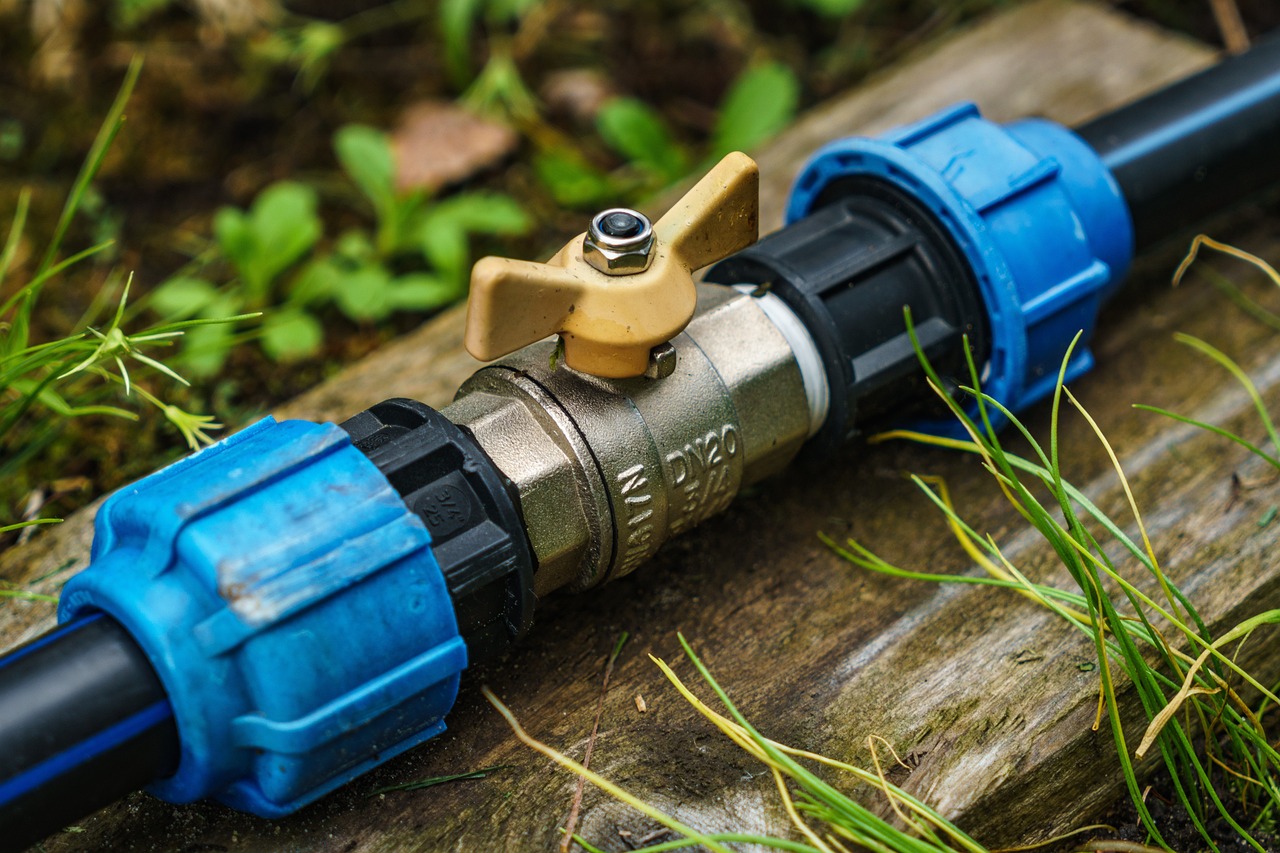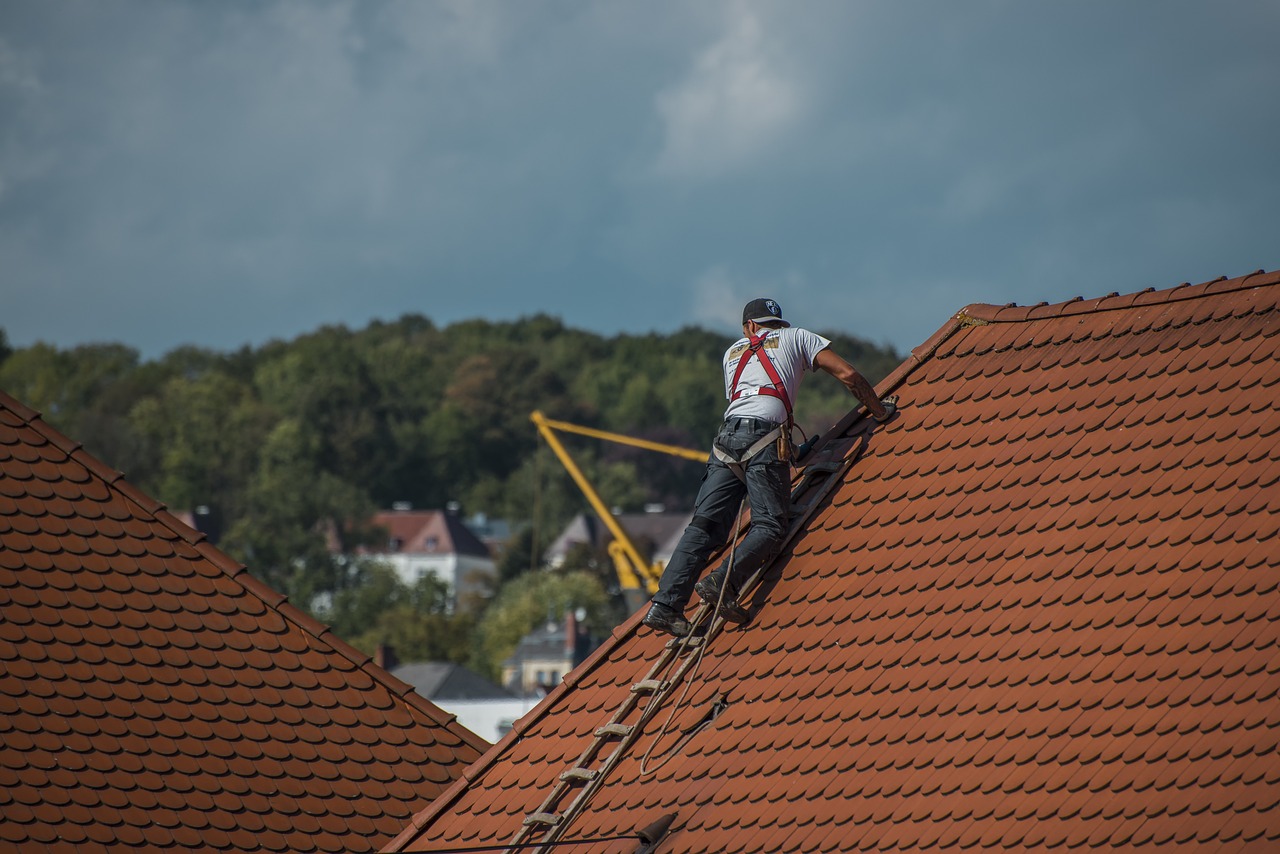
DIY Guide to Cleaning and Maintaining Your Home’s Gutters: Preventing Water Damage and Ensuring Proper Drainage
Introduction: Maintaining clean and functional gutters is essential for preventing water damage to your home. Clogged or damaged gutters can lead to serious issues such as foundation problems, basement flooding, and roof damage. This guide provides a step-by-step approach to cleaning and maintaining your gutters, ensuring they function effectively and protecting your home from water damage.
1. Safety First:
a. Using the Right Equipment: Ensure you have the proper tools for gutter cleaning, including a sturdy ladder, gloves, a scoop or trowel, a bucket, and a garden hose. Wear safety goggles and gloves to protect yourself from debris and sharp edges.
b. Ladder Safety: Use a ladder that is in good condition and set it on a stable, level surface. Avoid overreaching and move the ladder frequently to ensure stability and safety while working.
2. Removing Debris:
a. Gutter Cleaning: Start by removing large debris such as leaves, twigs, and branches from the gutters using a scoop or trowel. Place the debris in a bucket or on a tarp for easy disposal. Be thorough to ensure all debris is removed, including from downspouts and elbows.
b. Flushing with Water: After removing debris, use a garden hose to flush out any remaining dirt or smaller particles. Start at the end farthest from the downspout and work towards it to ensure proper flow. Check for clogs and ensure water flows freely through the downspouts.
3. Inspecting and Repairing Gutters:
a. Checking for Damage: Inspect gutters and downspouts for any signs of damage, such as cracks, holes, or loose brackets. Look for areas where gutters may be sagging or misaligned.
b. Making Repairs: Repair small cracks and holes with gutter sealant or a patch kit. For larger issues, consider replacing damaged sections or seeking professional help. Ensure all brackets and hangers are secure and properly aligned.
4. Cleaning and Maintaining Downspouts:
a. Removing Downspout Debris: Disconnect downspouts if necessary and remove any debris that may be causing blockages. Use a plumber's snake or a long, flexible brush to clear stubborn clogs.
b. Ensuring Proper Drainage: Ensure that downspouts direct water away from the foundation of your home. Install downspout extensions or splash blocks if needed to direct water further away from your home’s foundation.
5. Installing Gutter Guards:
a. Types of Gutter Guards: Consider installing gutter guards to reduce the frequency of gutter cleaning. There are various types available, including mesh screens, foam inserts, and solid covers. Choose the type that best suits your needs and budget.
b. Installing Guards: Follow the manufacturer’s instructions for installing gutter guards. Ensure they fit securely and do not obstruct water flow. Regularly check and clean gutter guards to ensure they remain effective.
6. Seasonal Maintenance:
a. Spring and Fall Cleaning: Clean your gutters at least twice a year, typically in the spring and fall. These seasons often bring more debris such as leaves and pollen, making regular cleaning essential to prevent blockages.
b. Preparing for Winter: In areas with freezing temperatures, ensure that gutters are clean and free of standing water before winter. Ice dams can form if water is trapped in gutters, causing damage to the roof and gutters.
7. Hiring Professionals:
a. When to Seek Help: If you are uncomfortable performing gutter maintenance yourself, or if you encounter significant damage or challenging issues, consider hiring a professional gutter cleaning service. They have the experience and equipment to handle complex tasks safely and effectively.
b. Choosing a Service: When selecting a professional service, check for credentials, customer reviews, and pricing. Ensure the service is reputable and provides a satisfaction guarantee.
Conclusion: Regular cleaning and maintenance of your gutters are crucial for preventing water damage and ensuring proper drainage around your home. By following these steps for cleaning, inspecting, repairing, and maintaining your gutters, you can protect your home from potential water damage and extend the lifespan of your gutter system. Implementing these practices will help keep your home safe and dry throughout the year.
Recent articles from Home Maintenance

Essential Guide to Maintaining Your Home's Roof: Preventing Leaks and Extending Lifespan
Introduction: Your roof is one of the most critical components of your home, shielding it from the elements and contributing to its overall integrity. Regular maintenance is cru...

The Importance of Regular Chimney Inspections: Ensuring Safety and Efficiency
Introduction: Chimneys are often overlooked when it comes to home maintenance, yet they play a crucial role in safely venting smoke and fumes from fireplaces, stoves, and furnac...

Protecting Your Home with Gutter Guards: A Simple Upgrade for Maintenance-Free Living
Introduction: Clogged gutters can lead to water damage, roof leaks, and even foundation problems. Installing gutter guards is an easy and effective way to keep debris out of you...